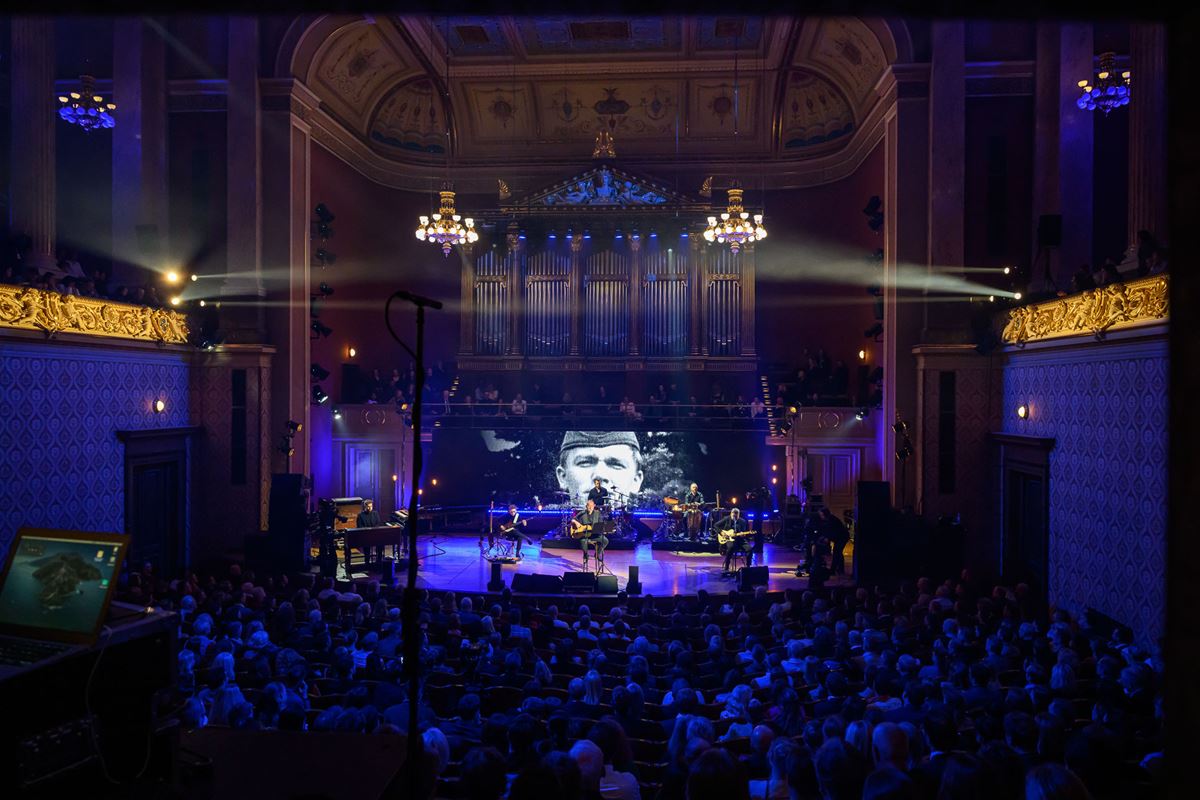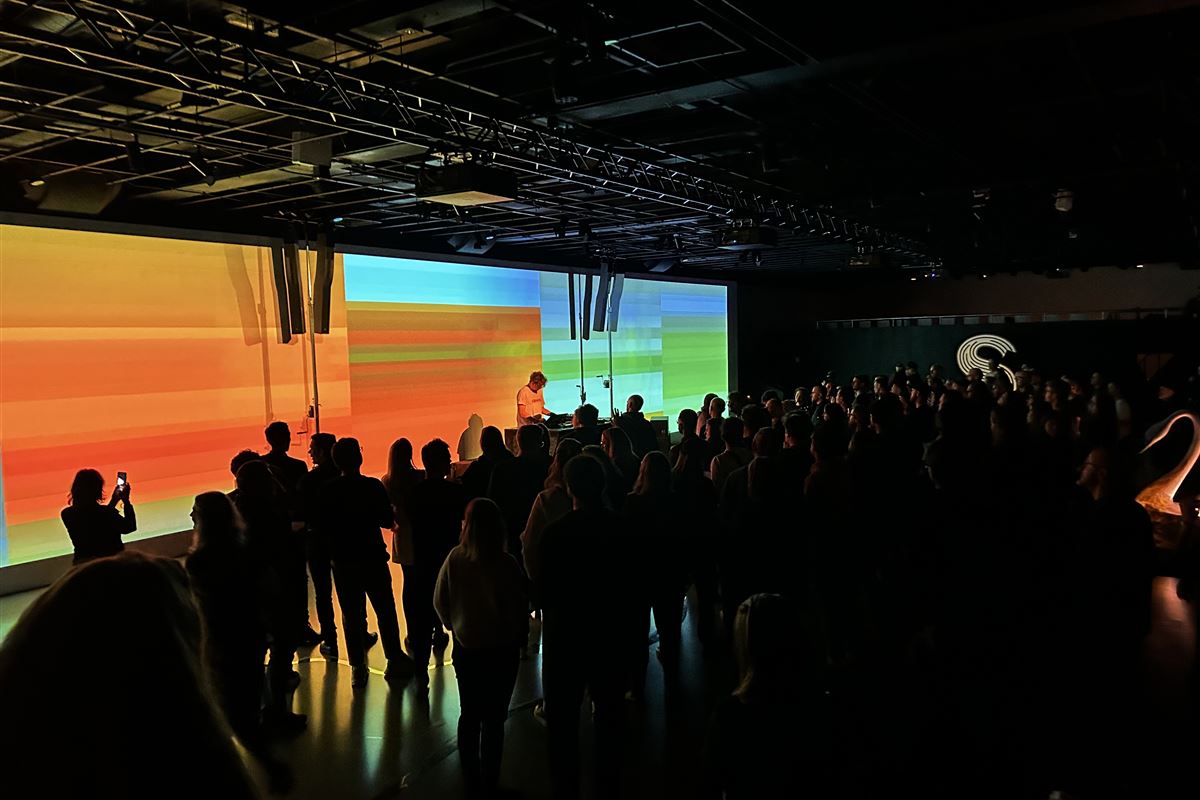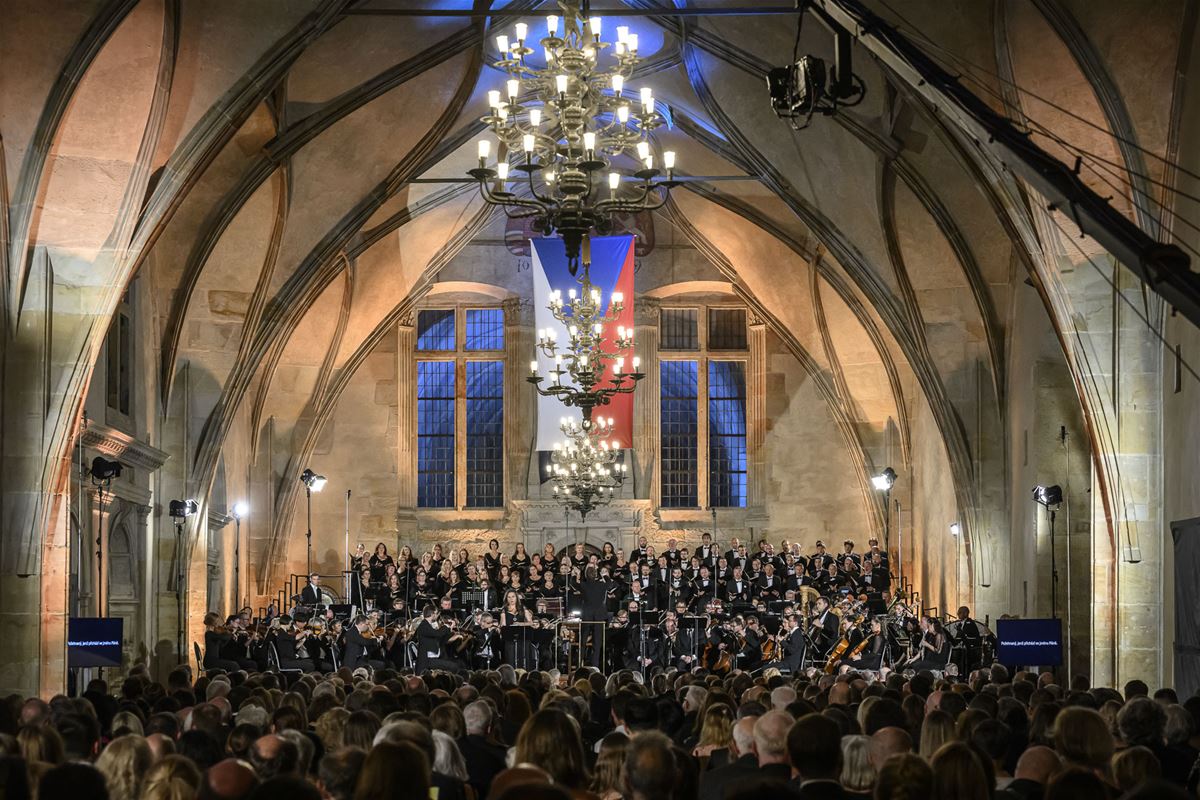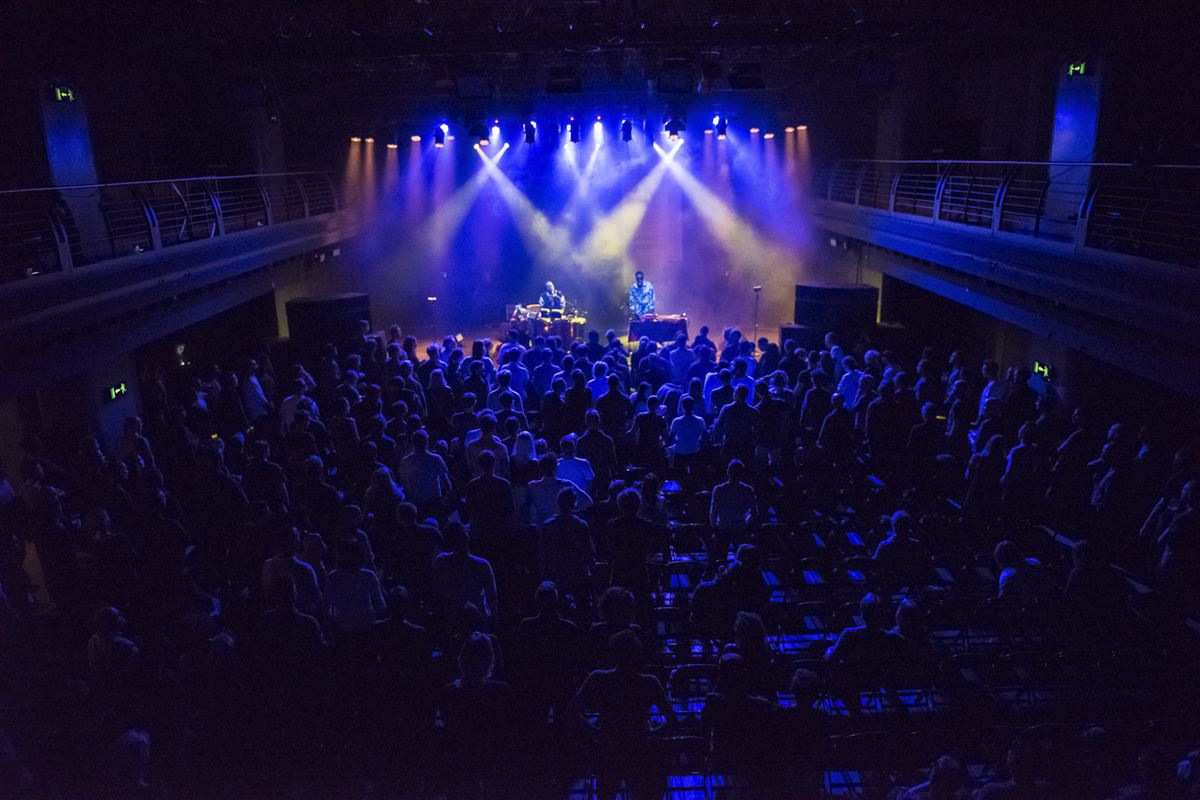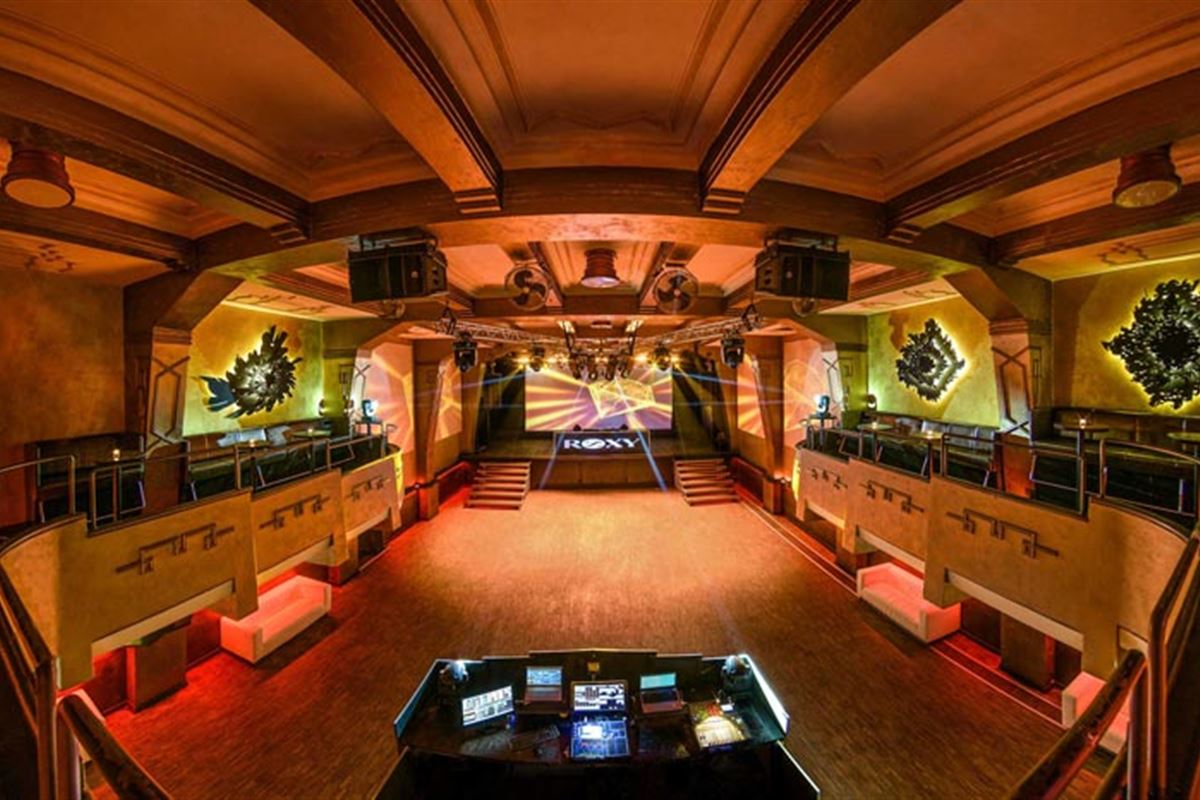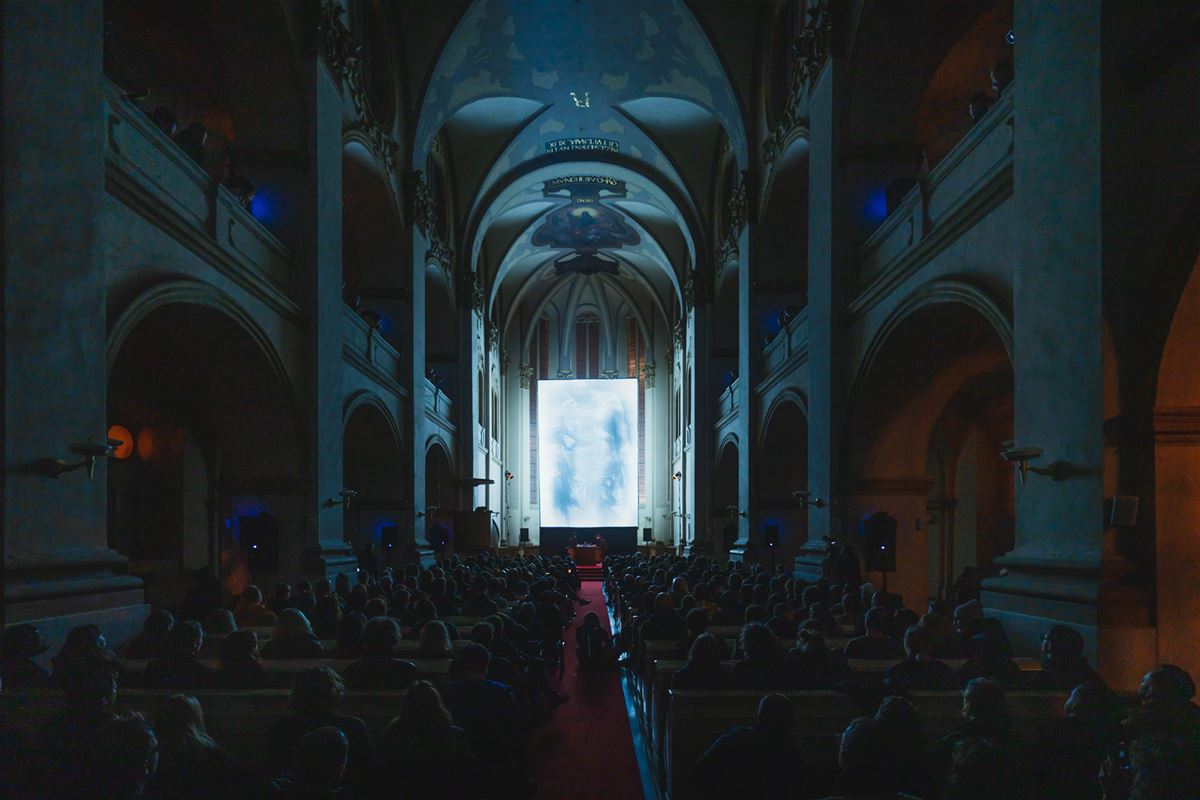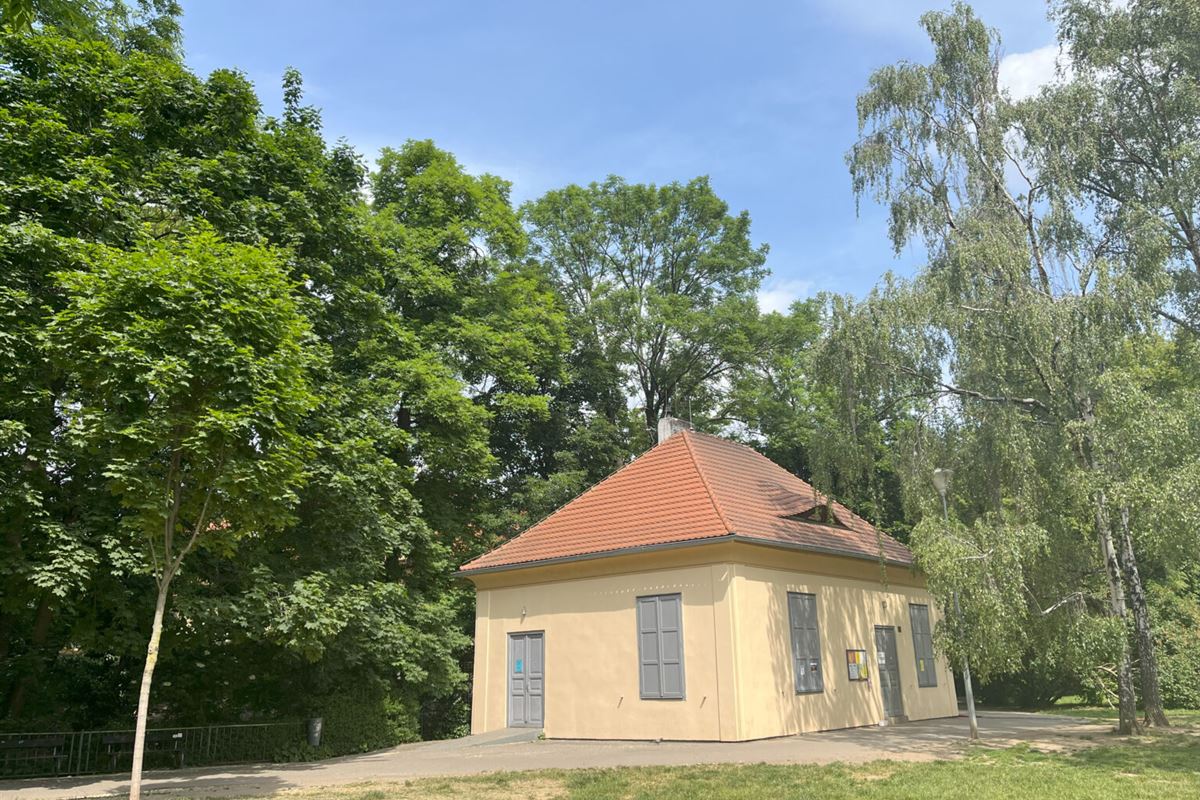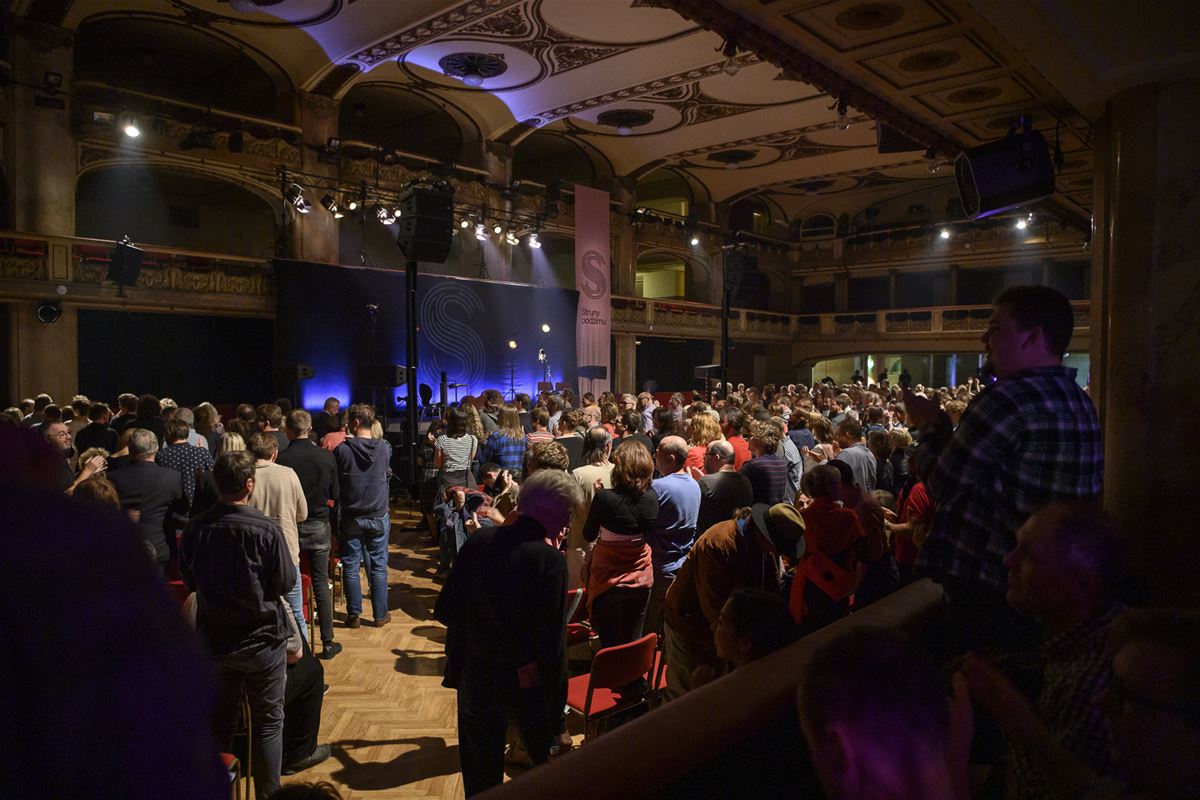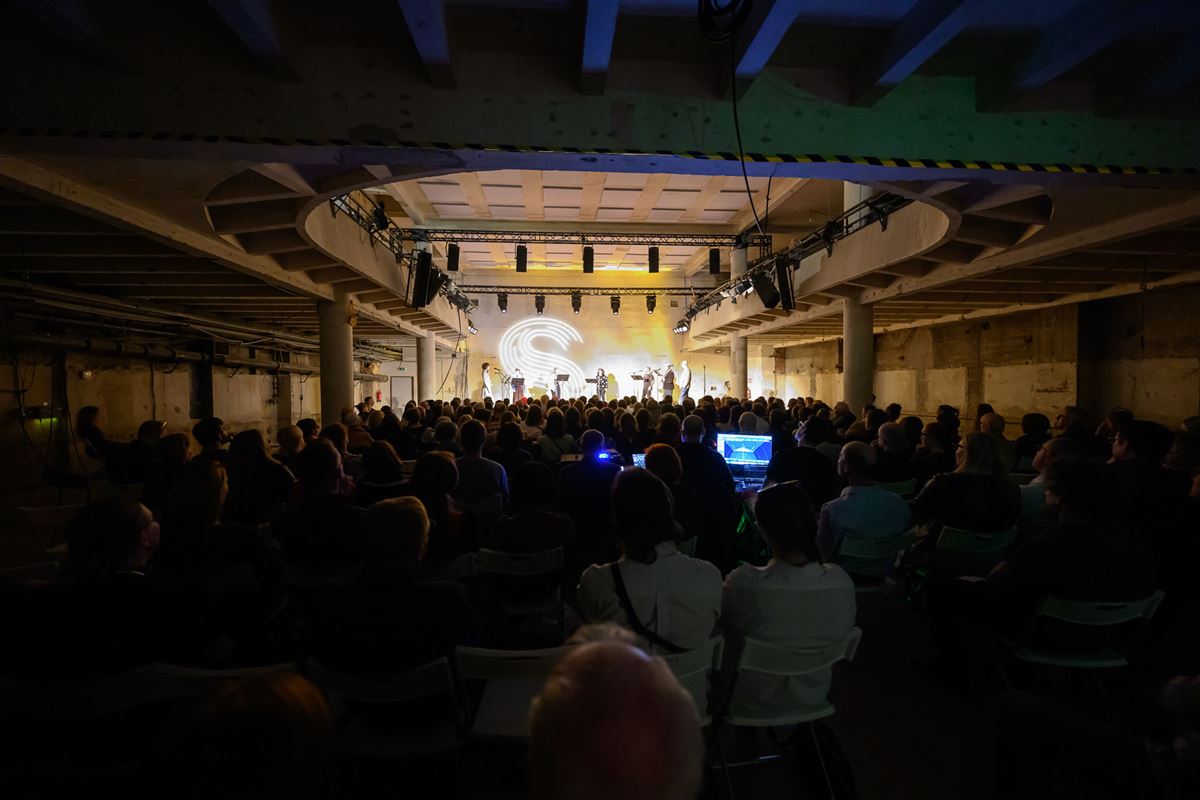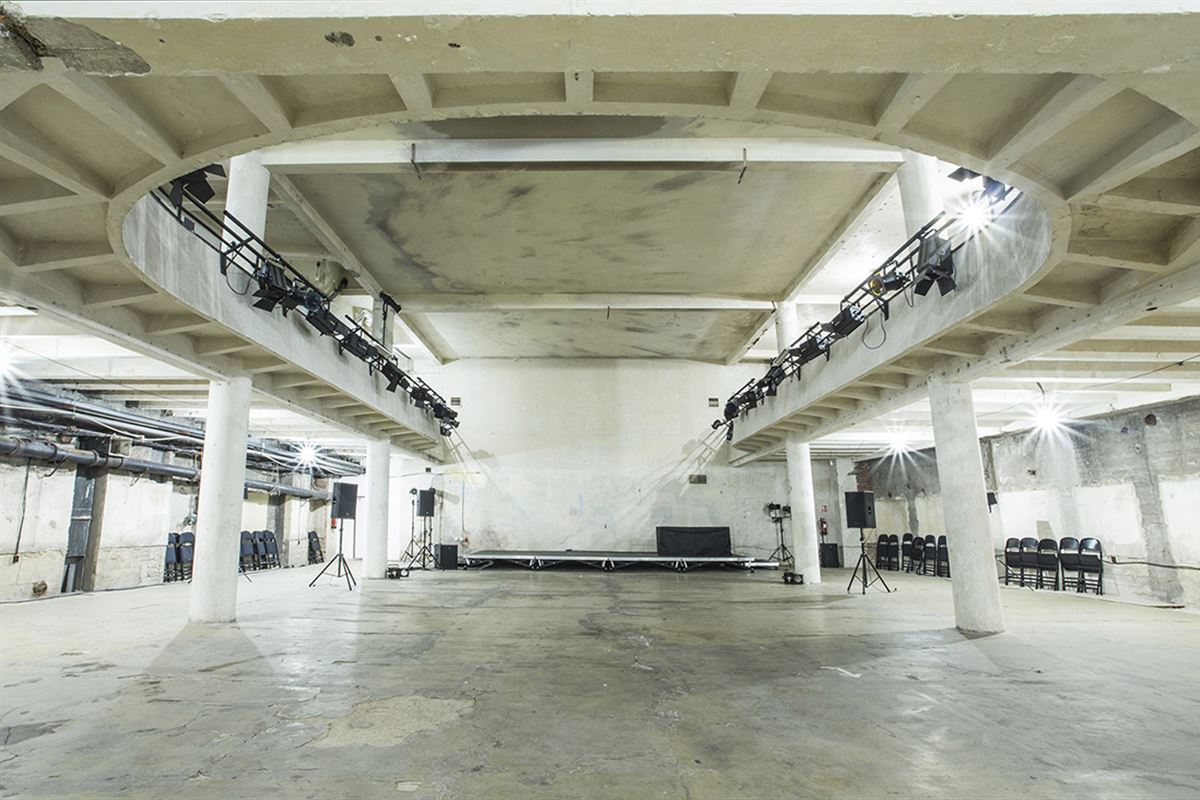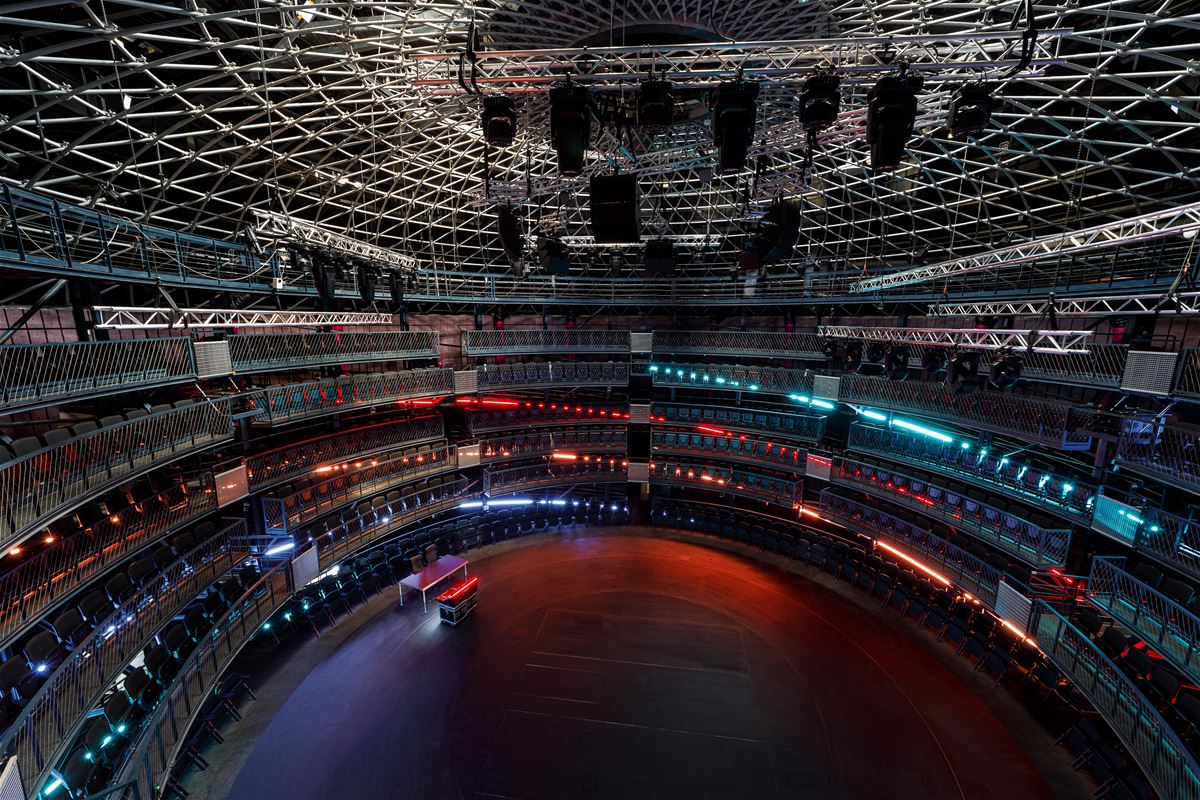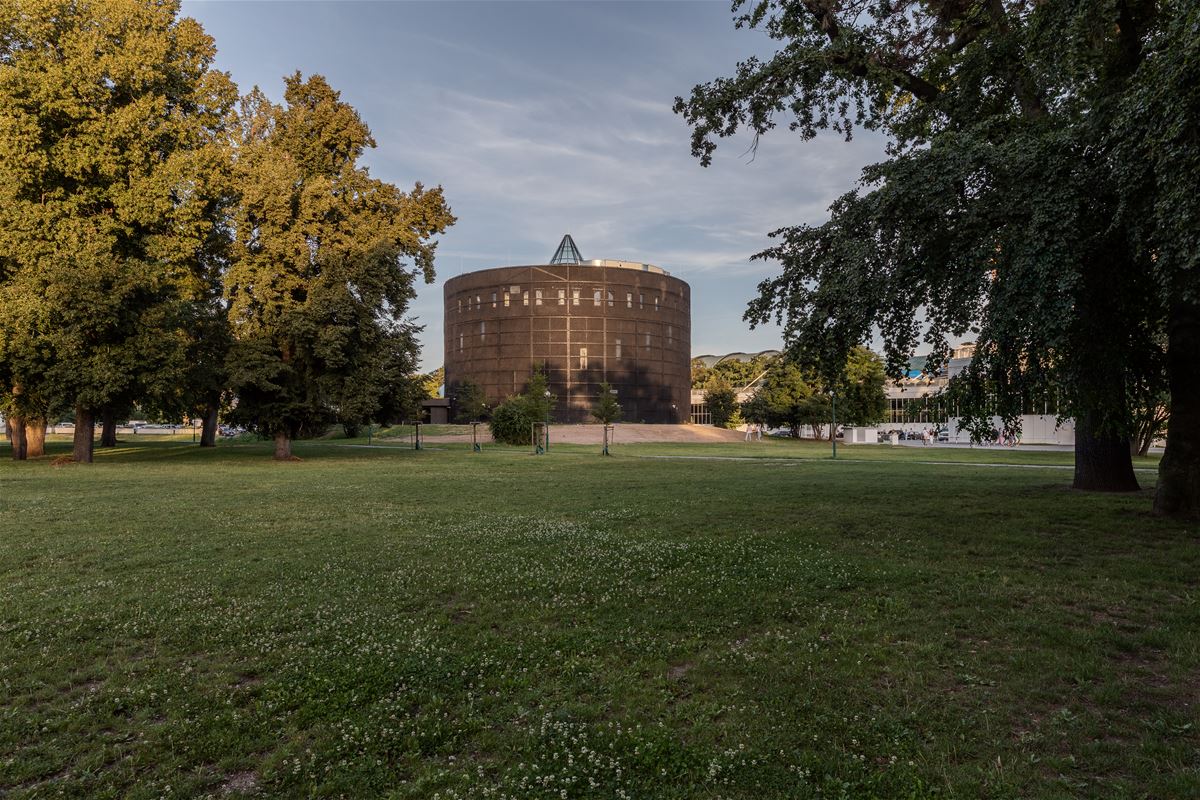Venues
-
Rudolfinum
Alšovo nábř. 12,
110 00 Josefov
227 059 227
Map →Rudolfinum is one the most important neo-renaissance buildings in the Czech Republic. It was conceived as a multi-purpose cultural centre which emphasised its contemporary European significance. Designed by eminent Czech architects Josef Zítek and Josef Schulz, it became a cultural centre combining exhibition rooms with concert halls and a museum. The grand opening took place on 24 January 1885 in the presence of Crown Prince Rudolf, in whose honuour the building was named. In 1896, the first ever concert of the Czech Philharmonic took place in the main concert hall of Rudolfinum, conducted by composer Antonín Dvořák, after whom the hall is named.
Festival artists who have appeared at Rudolfinum include Cassandra Wilson, Ahmad Jamal, Brad Mehldau, Gil Shaham, Lizz Wright, Hugh Masekela, Daniel Hope, and Charles Lloyd.
-
La Fabrika
Komunardů 1001,
170 00 Praha 7-Holešovice
Map →La Fabrika is a cultural centre in the heart of the Holešovice district of Prague. This unique complex was created by converting several buildings of an old factory site which dates back to the beginning of the 20th century. The renovation and redesign was handled by the KAVA Studio. The industrial history of the complex provides La Fabrika with a particular charm and spirit. The renovation of Studio 2 was completed in 2012. Even before its completion, this former factory had hosted alternative site-specific projects that made use of the rawness and somewhat shabby appearance of this deteriorating building. The wooden beams of the ceiling structure and other unique industrial elements of the original design were preserved during the renovation.
The festival has put on concerts at La Fabrika by artists such as alt-rapper Saul Williams, performance poet Kae Tempest, multi-instrumentalist Jiří Slavík, and avant-garde string ensemble JACK Quartet.
-
Lucerna Music Bar
Vodičkova 36
110 00 Praha 1
zobrazit na mapě →The history of the Lucerna Music Bar goes back to the beginning of the 20th century, when the Palace Lucerna was build. By 1909 the club was already used as a theatre and later as a cabaret under Karel Hašler. The next important step in the history of the Lucerna Music Bar is the year 1927, when the Cabaret – Restaurant Lucerna opened. Many famous Czech artists performed here (Voskovec and Werich) and popular jazz bands played and filled the dancefloor. After 1948 the whole Lucerna palace, which was property of the Havel family, was nationalized. On October 25th, 1995, the new era of Lucerna Music Bar had begun. Since then its reputation has grown exponentially as the premier venue for live music and entertainment.
-
Lucerna – Grand Hall
Štěpánská 61,
110 00 Nové Město
224 225 440
Map →The construction of Lucerna Palace was realised by MSc Vácslav Havel, the grandfather of former Czech president Václav Havel. The Palace was originally intended to be an ice rink, but that idea was abandoned once it was established that the dimensions of the building were not appropriate. At the time it was built, the palace notable for being one of the first reinforced concrete buildings in Prague, as well as for its original glass-roofed passageway. The design of palace in general is inspired by Art Nouveau on the one hand, and modernism on the other.
The probable author of its west façade was the architect Osvald Polívka (1859–1931), who desigend the façades of some of Vácslav Havel’s other buildings (Haštalská Street 6 and 8, Vězeňská Street 4, V Kolkovně Street 5 and 7, Myslíkova Street 4, Rašín’s Riverbank 70 a 78), but all of these buildings were sold by Havel in order to fund the construction of Lucerna Palace in 1905. The core of the palace is the Lucerna Grand Hall which takes up three storeys and can accommodate 2500 concert-goers. Since it was built, Lucerna Palace has become a significant cultural and social centre of the Czech capital.
Previous festival concerts at Lucerna have featured Sonny Rollins, Wayne Shorter, Punch Brothers, Gidon Kremer, Brad Mehldau & Chris Thile, and Jason Moran.
-
ARCHA+
Na Poříčí 1047/26,
110 00 Nové Město
Map →Since it opened in 1994, Archa Theatre has built a reputation on the progressive scenes at home and abroad for its inventive programme and the unique projects it associates itself with. Archa is situated in the building which used to house the D34 Theatre and, later, the E.F. Burian theatre – a functionalist structure in rondo-cubist style built in the period 1937-9. It was designed by the architect Frantisek Marek, with the current interior designed by Ivan Plicka.
Past festival concerts at Archa include performances by Shabazz Palaces, folk duo Andy Irvine and Paul Brady, and Czech songwriter Dagmar Voňková.
-
Divadlo X10
Charvátova 10/39,
110 00 Praha 1
map →The seven-story functionalist building was built according to a pattern by the German Werkbund as the administrative and exhibit center of the Central Federation of Czechoslovak Industry, which filled an important function as organizer of activities representing Czechoslovak works at home and abroad. The construction of the building was completed in the year 1936 by the architect Oldřich Starý. The creation of the content involved many notable persons, such as: Josef Gočár, Rudolf Stockar, painters and graphic designers František Kysela and Vratislav Hugo Brunner.
The space of Divadlo X10 in the basement of the former Art Industry Building is primarily a space of open communication, a place of shared experience, a place where it is possible to think and exist. Divadlo X10 allows you to meet people whose life need is to recognize, to name contemporary events, and to discover their place and role in them.
-
Nová Spirála
Výstaviště 170/00
170 00 Praha 7
zobrazit na mapě →Each seat in the house is like being in the front row and offers, first and foremost, a unique viewer experience. This is the idea behind Nová Spirála, a multi-purpose cultural venue packed with modern technologies.
The unique versatility of Nová Spirála brings visitors an unforgettable experience during shows, as well as before and after. Dominating the spacious Large Hall with a circular ground plan is a revolving and vertically mobile stage up to 230 sq m in size and with a diameter of 17 m. Comprising a parterre and five balconies, the circular auditorium seats up to 800 people. Its 360° layout offers an excellent view from any seat in the house and immediate contact with the artist who can enter the stage directly from the audience. An inclined telescoping auditorium in the Small Hall guarantees the perfect view.
